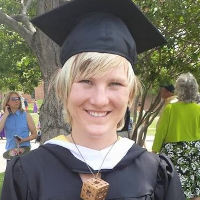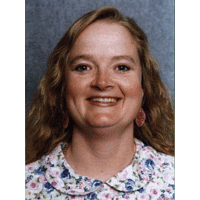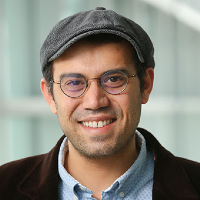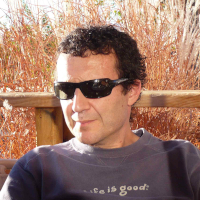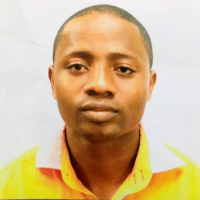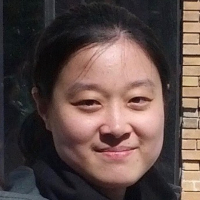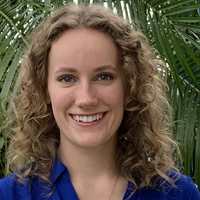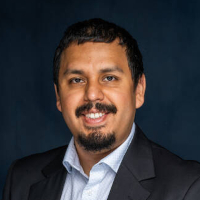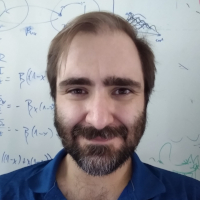Ashley Bonner (UF Engineering School of Sustainable Infrastructure & Environment)
423 Little HallSimplifying Soil Organic Carbon Model Structures with First-Order Linear Decay: When, How, and Why? Soil organic matter is the largest terrestrial pool of carbon on Earth, containing more carbon than terrestrial vegetation and more carbon than even the atmosphere. Most Earth System Models (ESMs), designed to integrate and examine how the interdependent systems of the …
